What Is The Chinese Animal For 2019
In China, pigs symbolise wealth. Their stubby footling faces and big ears are associated with good fortune. According to Chinese astrology, they are realistic and pragmatic – where other zodiac signs may dither, pigs are decisive. They are not spendthrifts but pigs do like to savour life. They beloved entertainment and are generous to their friends and take good care of them. Pigs are easy-going and popular, they take good care of their friends just their lack of suspicion and discrimination means they can be easily cheated.
With a tendency to be materialistic pigs utilise this trait to their reward equally motivation to work hard. They are enthusiastic, even for tasks others might consider deadening. They hold power in high esteem then if an opportunity arises they will jump at the run a risk to seize a position of status, believing information technology entitles them to respect.
Lunar calendar myths
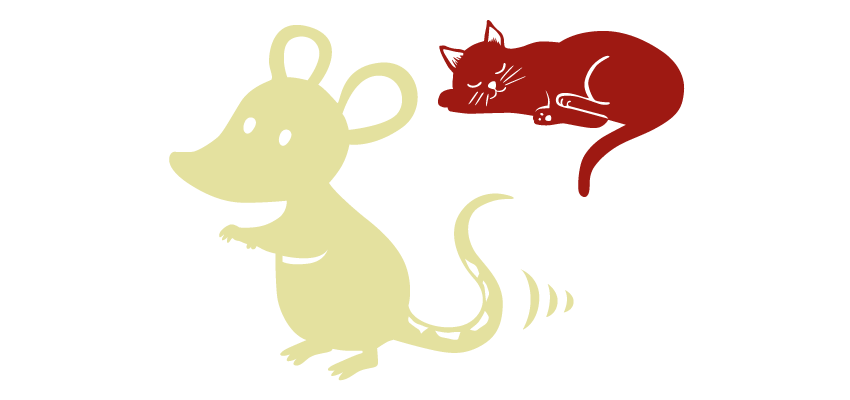
HOW WERE THE 12 ANIMALS IN THE CHINESE ZODIAC Called?
According to legend, the heavenly Jade Emperor wanted to segment fourth dimension into cycles of 12 years with an earthly animal guarding each bike. He sent word that the fastest animals to reach the Heavenly Gate would exist called, ranked accordingly and have a year in the wheel named after them. Sensing an opportunity, the animals raced against each other to win the emperor's favour.
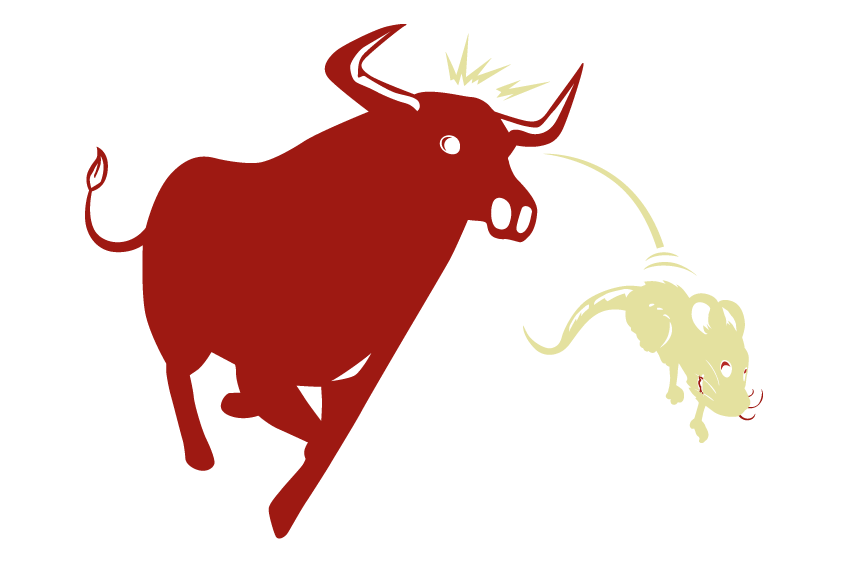
The quick-witted rat set off first but had to wait for the other animals to catch upwardly when it came to a fast-flowing river. He was able to cross the river by taking reward of the tender-hearted ox who carried him over on his ear. Having crossed the river, the kind but dim ox charged off. As the ox approached the palace in first place the rat suddenly leapt from his ear and dashed to the Jade Emperor'southward feet, securing victory and relegating the ox to 2d place. The tiger came next, followed by the active rabbit who had jumped across the river from stone to stone.
In fifth place came the flying dragon. When the Jade Emperor asked why he hadn't simply flown over the river to win the race, the dragon explained he had stopped at a village to help bring rain to some drastic farmers.
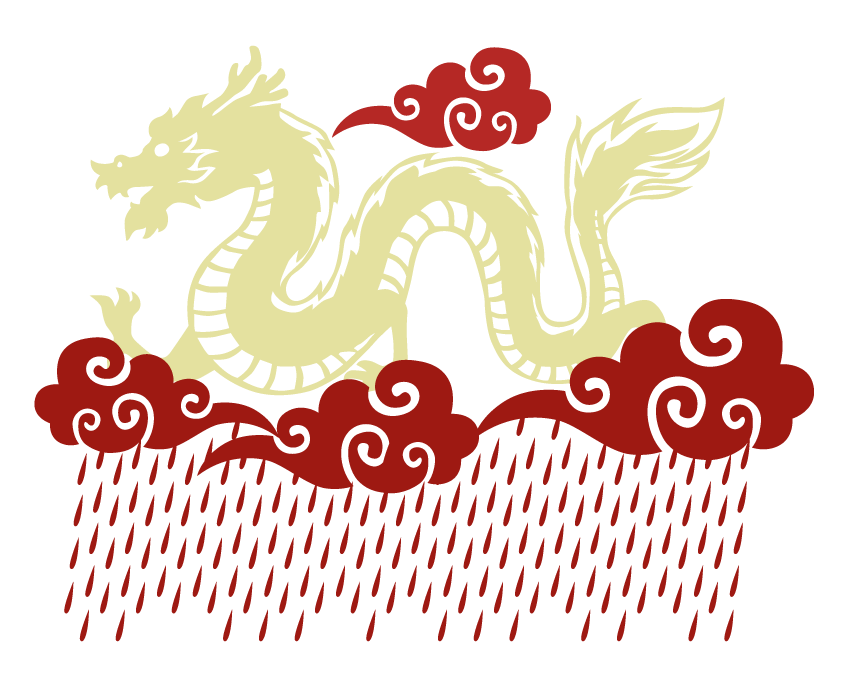
The horse galloped in, confident of securing sixth spot, when the snake slithered off his front hoof and beat him by a olfactory organ. The caprine animal, monkey, and rooster arrived after crossing the river on a raft they had built together, taking eighth, ninth, and 10th places respectively.
The dog was a belatedly 11th having stopped to savor a bath in the river, and the sus scrofa, who had stopped for a nap, sauntered in for the 12th, and final, place.
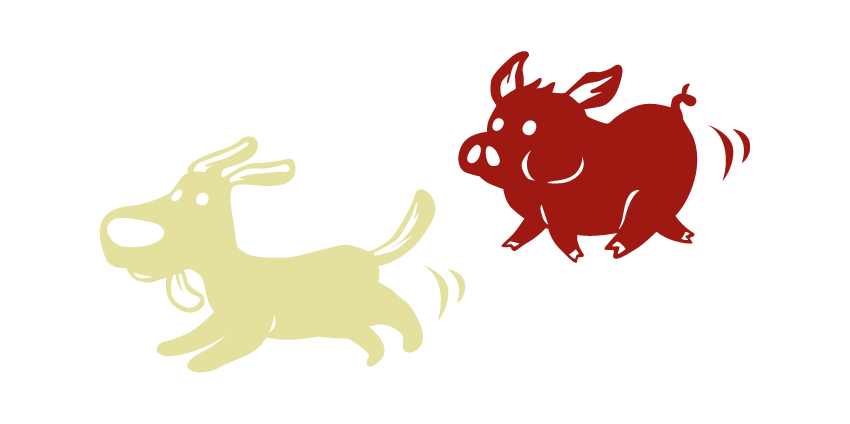
There are many versions of the legend but they all agree the rat made certain the cat did not finish the race past either tricking him into sleeping through the upshot or by pushing him into the river. Due to the rat'due south treachery, the cat failed to end and was not recognised in the zodiac. Naturally the cat never forgave the rat and Chinese legend holds this to be why they are natural enemies.
WHAT'S WITH THE COLOUR RED AND ALL THE FIRECRACKERS?
Have you e'er wondered why the colour scarlet is so crucial to Lunar New Year celebrations? People apparel in cherry-red, decorate their homes with red banners and lanterns, and permit off loud firecrackers. Simply why?

It is said there was a beast in ancient Communist china named Nian who would come out of hiding at the beginning of the twelvemonth and terrorise the people, feasting on crops, livestock and humans, especially children. The people lived in fearfulness but over time they learnt to put food out in front of their doors once a twelvemonth while they hid in the fields.

In some versions of the myth, a beggar came to a hamlet just before Nian was due to appear. When an old woman gave the ragamuffin shelter, he promised to repay her charity by chasing Nian away. The ragamuffin, who some say was the Taoist monk, Hongjun Laozu, knew the ferocious Nian was afraid of 3 things – the color red, fire, and noise.
Later on the villagers took to their hiding places in the distant fields Hongjun Laozu hung red lanterns and scrolls in the windows and doors throughout the hamlet. As midnight struck, Nian lumbered into the hamlet but pulled upwards short at the sight of crimson everywhere. Sensing Nian'south disorientation, the beggar sprang into activeness setting off the firecrackers. Depending on which version of the myth takes your fancy, the beast either fled in terror or was captured past Hongjun Laozu and turned into his mount.
When the villagers returned the post-obit 24-hour interval, they were amazed to notice their homes nonetheless standing. A huge commemoration followed and the ritual was repeated and passed from generation to generation.
FIREWORKS
Beijing imposed a thirteen-twelvemonth nationwide ban on fireworks following concerns over safety and air pollution but relented in 2006 after finding information technology too hard to enforce the ban. Many Chinese cities nonetheless take their ain bans or strict restrictions in place.
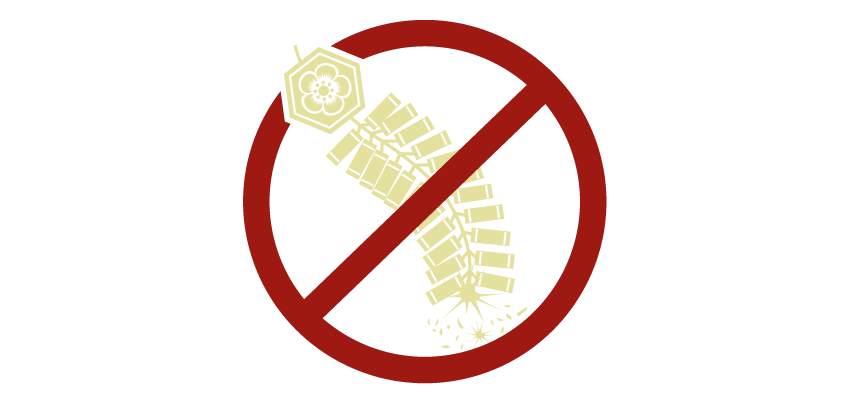
Possessing fireworks is an offence in Hong Kong, as is setting off fireworks and firecrackers in public or private spaces. The ban was put in place by the colonial regime after home-made explosives were detonated during the 1967 leftist riots.
The restrictions obviously practise not extend to the government which celebrates with spectacular firework displays over the harbour every lunar new year and other festivals.
WHY IS "FU" INVERTED DURING LUNAR New year's day?
Bright red and gold signs with the characters for fu, which mean luck, happiness, and prosperity, decorate homes during the lunar new year's day celebrations but always appear upside down. In that location is a popular folk tale behind this, and as is oft the example, there are a number of variations.
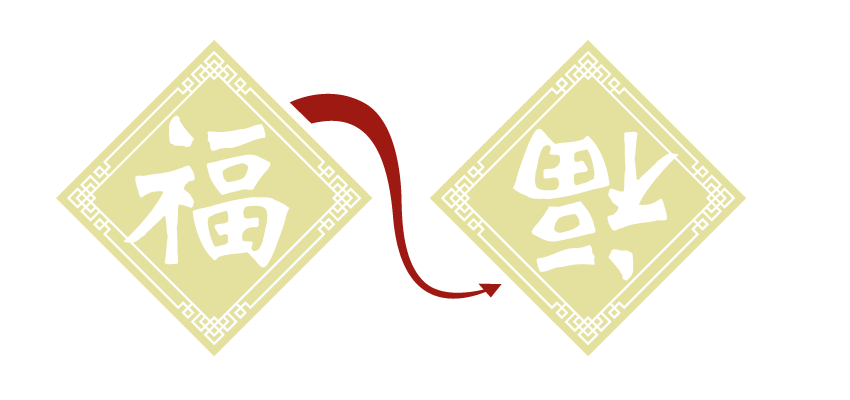
It is commonly said there was an emperor in ancient times who decreed every household decorate their homes by pasting fu on their doors. Soldiers were sent on New Year's Day to check the order had been obeyed and discovered a family unit had placed the characters upside downward. Suspecting the family of disrespecting the emperor the soldiers dragged the peasant to the palace.
The emperor was furious and ordered the peasant executed. Luckily, the kind-hearted empress realised the illiterate family unit had inadvertently placed the grapheme the wrong way upward and calmed the emperor by reassuring him it was really a clever and respectful play on words. In Chinese the words for "upside down downwardly" and "to arrive" sound the same and therefore, the phrase an "upside down fu" sounds the same as "Good luck arrives". Thereafter, it became traditional to paste the characters upside down on doors to wish for prosperity every twelvemonth.
WHY DO CHILDREN RECEIVE "LAI Meet"?
Throughout the Lunar New Yr celebrations people dress in crimson, decorate their homes with cherry banners and lanterns, and allow off loud, bright carmine firecrackers. But why?
According to another popular story, there was a demon called Sui who would come and pat children's heads while sleeping every New year'southward Eve. His affect was tainted and then parents would stay upwardly the unabridged night, guarding their children.
Ane couple gave their kid a coin to play with and when he fell comatose they placed the coin next to his pillow. At midnight, an eerie wind blew, snuffing out the candle announcing Sui's arrival. Every bit he reached for the boy, the money flashed in the darkness and scared him abroad. The next day, the couple wrapped the coin in cherry-red newspaper to evidence their neighbours. From then on, married adults would give children money in red pockets, lai see, every New year's day'due south Eve.
WHEN DOES LUNAR New year's day Cease?
Yuanxiao Festival, or Bound Lantern Festival is held on the 15th day of the beginning month of the lunar year. It marks the terminal day of traditional celebrations and is a dark for partying. Children go out at night carrying paper lanterns and solve riddles on the lanterns which come in all shapes, sizes and colours.
Yuanxiao Festival is also known every bit Valentine's Day in China considering in ancient times this was the only nighttime girls were allowed to venture outside by themselves. Able to walk around without a chaperone and costless to moon-gaze and wait at the beautiful lanterns the dark is associated with romantic encounters.
WHERE IS LUNAR NEW YEAR CELEBRATED?
Japan, Korea, Mongolia, Tibet and Vietnam all historically based their calendar on the traditional Chinese lunisolar agenda where the months are coordinated by the cycles of the moon. Today, the lunar new year's day is historic all over the world. London, San Francisco and Sydney all claim to have the biggest Spring Festival celebrations outside of Asia.

LUNAR New year's day TABOOS
Source: https://multimedia.scmp.com/news/china/article/2184459/year-of-the-pig/
Posted by: vitelafaidn1989.blogspot.com

0 Response to "What Is The Chinese Animal For 2019"
Post a Comment